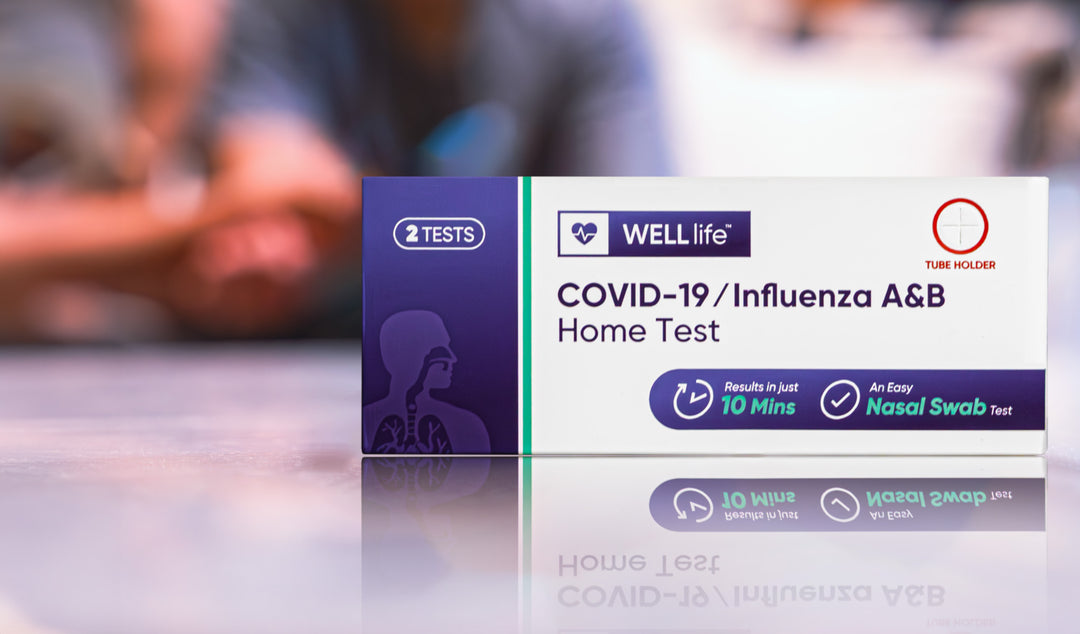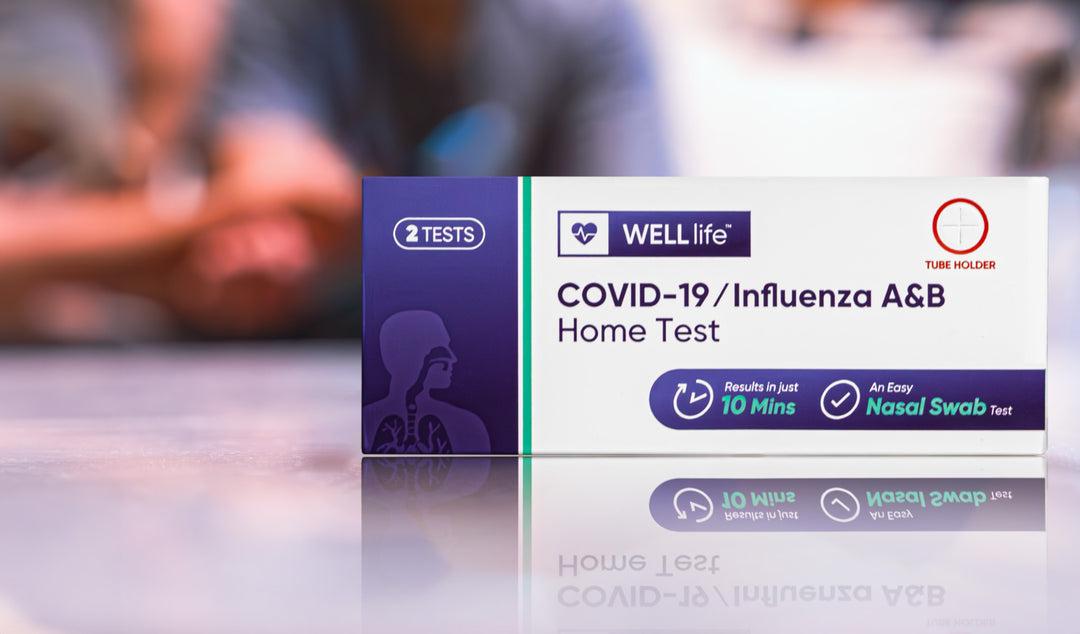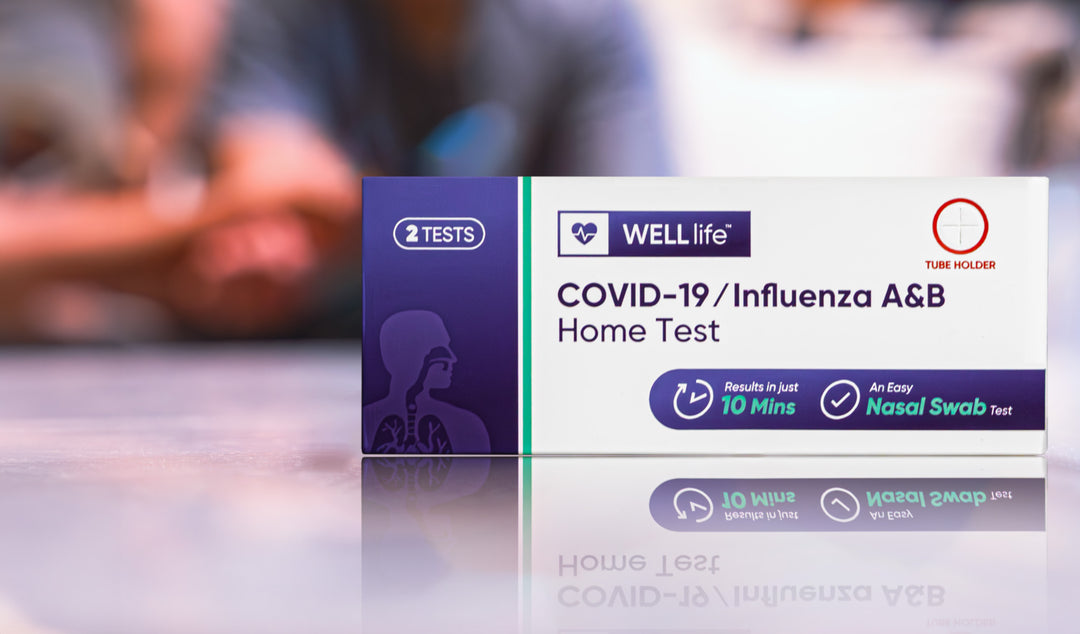Flu vs. COVID-19: Understanding the Differences and Similarities

With the ongoing presence of COVID-19 and the seasonal occurrence of flu, it is crucial to understand the differences and similarities between these two respiratory illnesses. This knowledge can help in timely diagnosis, appropriate treatment, and effective prevention. This article will provide a detailed comparison of flu and COVID-19 symptoms, transmission, prevention strategies, and the importance of testing.
Symptoms Comparison Both flu and COVID-19 share several symptoms, making it challenging to distinguish between them without testing. However, there are some key differences:
Common Symptoms of Flu:
- Fever and Chills: Sudden onset of high fever.
- Cough: Persistent cough, usually dry.
- Sore Throat: Irritation and pain in the throat.
- Muscle and Body Aches: Severe aches and pains.
- Fatigue: Extreme tiredness.
- Headache: Intense headaches.
- Nasal Congestion and Runny Nose: Common cold-like symptoms.
- Sneezing: Frequent sneezing due to nasal irritation.
Common Symptoms of COVID-19:
- Fever and Chills: Persistent high fever.
- Cough: Dry cough, often severe.
- Shortness of Breath: Difficulty breathing, a serious symptom.
- Fatigue: Severe fatigue lasting weeks.
- Muscle and Body Aches: Generalized aches.
- Headache: Intense headaches.
- Loss of Taste or Smell: Sudden loss, a distinctive symptom.
- Sore Throat: Throat irritation.
- Nasal Congestion or Runny Nose: Less common than in flu.
- Nausea, Vomiting, and Diarrhea: Gastrointestinal symptoms.
Transmission Both flu and COVID-19 are spread primarily through respiratory droplets when an infected person coughs, sneezes, or talks. They can also spread by touching surfaces contaminated with the virus and then touching the face. However, COVID-19 is more contagious and has been shown to spread more easily than flu.
Prevention Strategies Preventing both flu and COVID-19 involves similar measures:
- Vaccination: Annual flu vaccination and COVID-19 vaccination are crucial.
- Hygiene Practices: Regular handwashing, using hand sanitizers, and wearing masks.
- Social Distancing: Avoiding close contact with sick individuals.
- Home Isolation: Staying home if sick to prevent spreading the virus.
Importance of Testing Given the overlap in symptoms, testing is essential for accurate diagnosis. Both flu and COVID-19 tests are available and can help determine the appropriate course of action. Rapid testing and timely results can prevent further transmission and ensure the right treatment.
When to Seek Medical Attention
- For Flu: Seek help if experiencing difficulty breathing, chest pain, persistent dizziness, severe muscle pain, or symptoms that improve but then return with fever and worse cough.
- For COVID-19: Seek immediate help if experiencing difficulty breathing, persistent chest pain, new confusion, inability to stay awake, or bluish lips or face.
Conclusion Understanding the differences and similarities between flu and COVID-19 is crucial for effective prevention, diagnosis, and treatment. Stay informed, practice preventive measures, and seek medical advice when necessary to protect your health and the health of those around you.
For more information on the differences between flu and COVID-19, visit the CDC's comparison page.
Well Life



